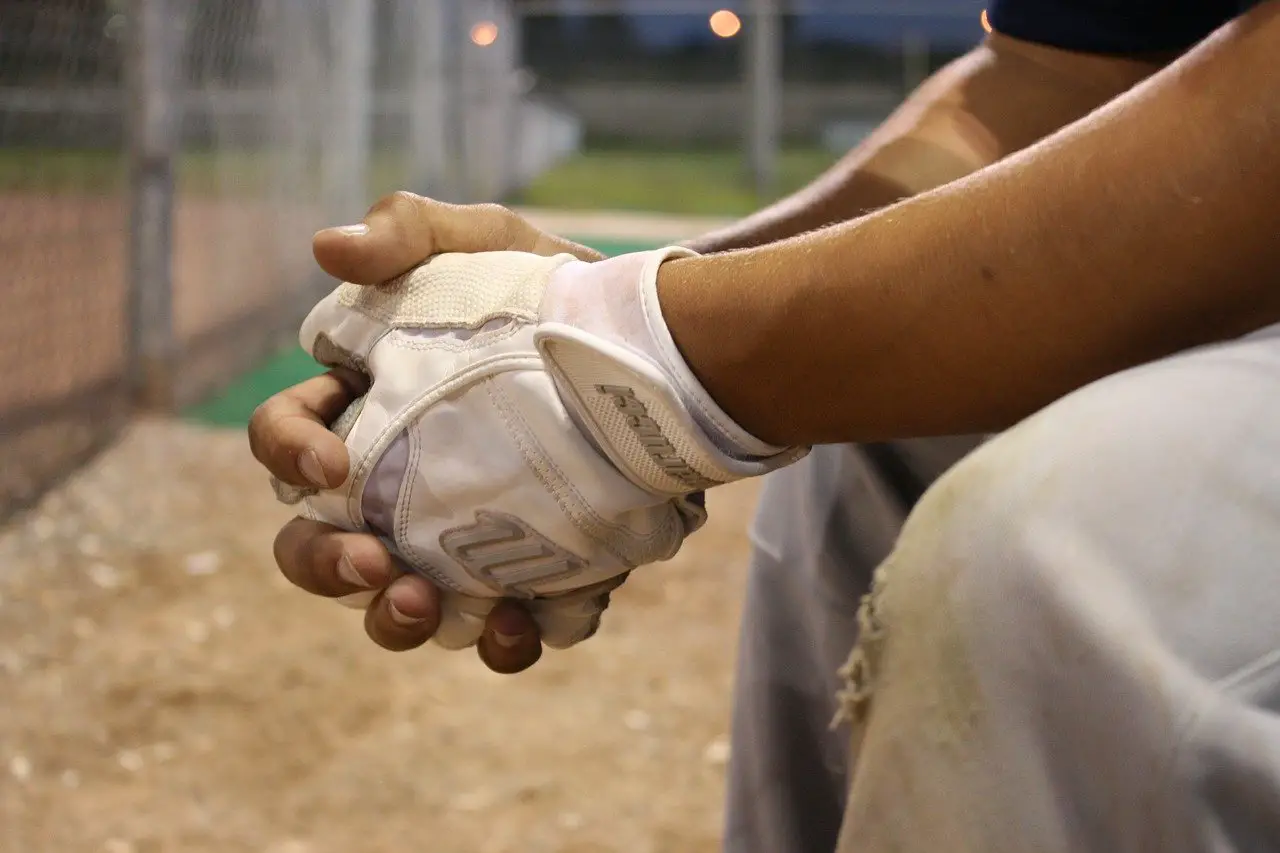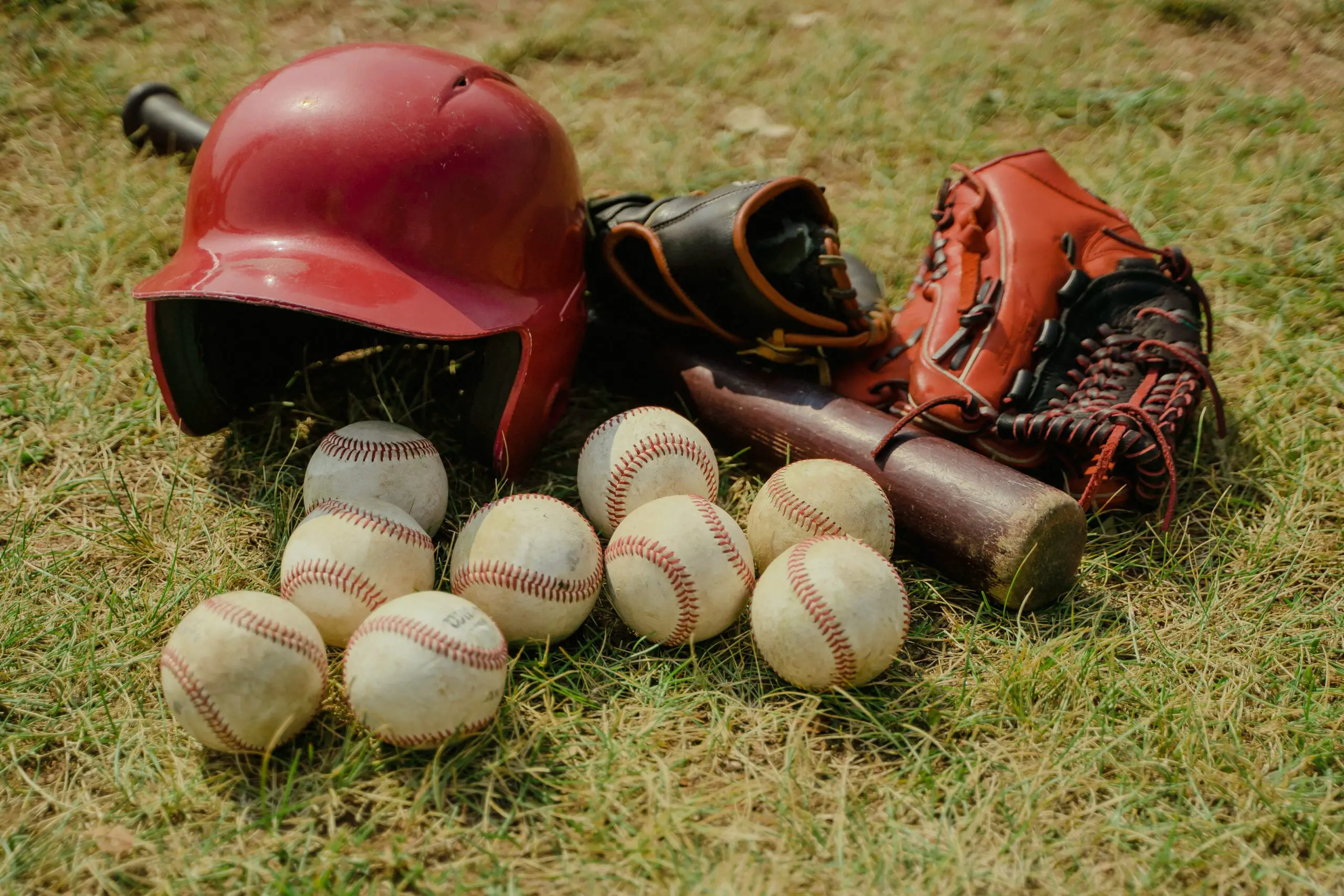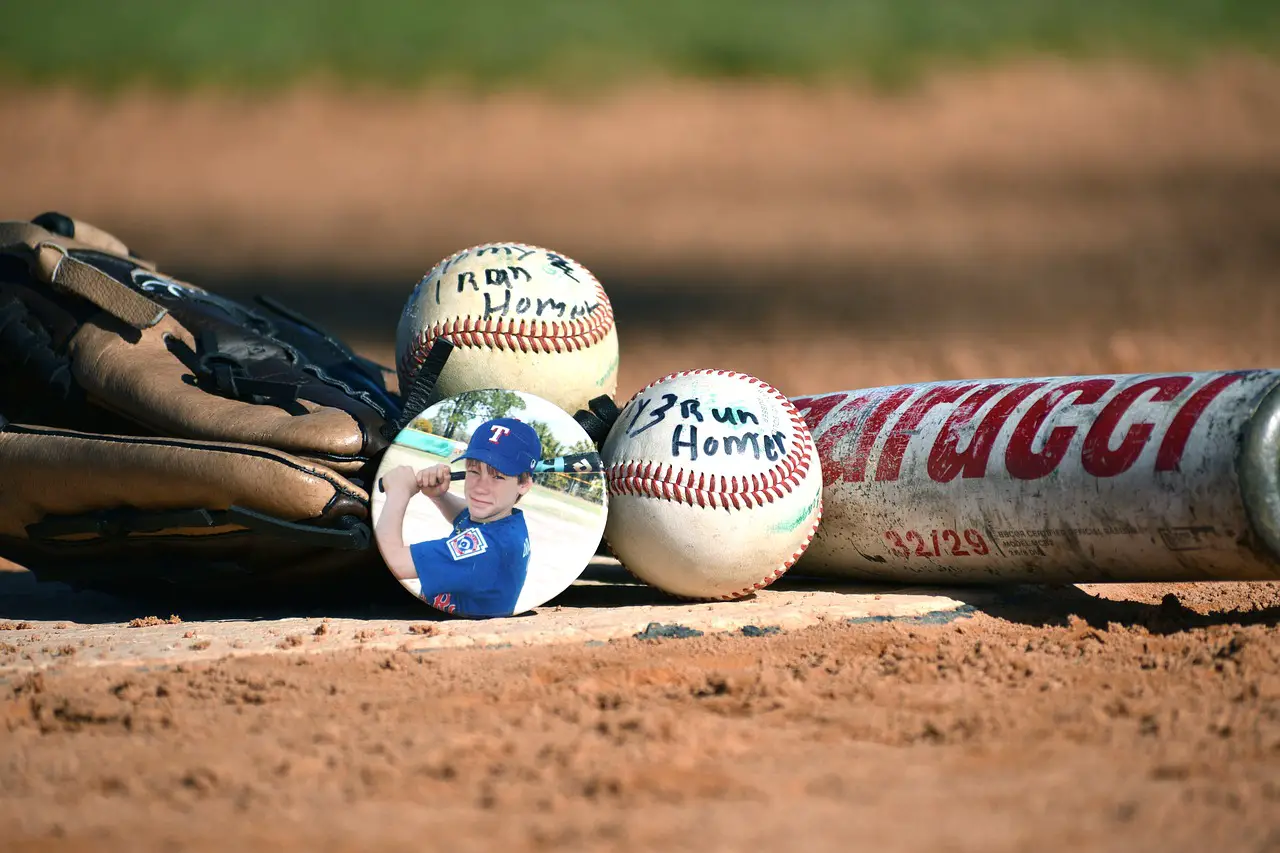There are several styles of baseball cleats that you can choose between, depending on your position, what type of field you play on, the league that you are in, or your make up as a player.
Finding the right baseball cleat will give your playing ability a big boost during the season. These tips will allow you to select the right cleat.
How to Choose the Right Style of Baseball Cleats
In baseball, there are four styles of cleats that you need to be aware of; metal, molded plastic, turf, and interchangeable spikes.
Metal Spikes
Metal spikes are important if you are playing in a highly-competitive league. They are lighter than molded and interchangeable cleats, and also provide the best traction for players in high school, college and the professional ranks.

Metal cleats are best used on hard dirt and grass, as they provide the best traction for this playing surface. This allows players to dig in and chase down a line drive to the gap, or a ball hit up the middle. Pitchers are able to grip the rubber, push off the mound and plant their landing foot more forcefully when wearing metal spikes, allowing for faster arm action.
These spikes can be dangerous when players slide into a base, which is why they are not permitted in youth or slow-pitch softball leagues. Once a kid reaches middle school baseball or 13U, they are allowed to wear metal cleats.
Molded Cleats
Most players in high school, college and the pros will opt for metal spikes, but molded cleats can come in handy on soft and muddy fields. Where metal spikes will dig far into the mud, molded cleats allow you more traction in these field conditions. Molded cleats are mainly for youth leagues, including Little League, PeeWee and Tee Ball, as they are safer and generally more comfortable for players of this age.

Turf Shoes
If you are consistently playing games on artificial turf, you’ll need a good pair of turf shoes. Metal spikes and molded cleats aren’t able to dig into this type of field surface. With many shorter grips on the bottom of the shoe, this allows players to pick up traction while running across the artificial field, and gives them a grip as they take routes to balls hit into the gap.

Many players will also buy turf shoes for low-intensity practices, as they are more comfortable. These cleats are the preferred choice for coaches, since you never see them making sharp cuts and full sprints to the third base coaches box, and the top of the dugout steps.
Interchangeable Cleats
While harder to find to purchase, the spikes on an interchangeable cleat are screwed on and can be changed out at-will, depending on the field condition and league rules. Interchangeable cleats will come with both metal and molded studs. As mentioned earlier in this post, metal cleats are preferred for hard dirt and grass, and molded spikes allow for a better grip on soft and muddy fields. These cleats may be heavier than metal and molded cleats, so speed players should consider purchasing other options.
Spike/Stud Length is Important
The spike, which is also referred to as a stud, is the portion on the bottom of the cleat that gives players traction. Short spikes are best used on hard surfaces, while longer studs are preferred and provide more traction in soft and muddy fields. Knowing which one to wear, depending on the field type, can give you a leg-up on the competition. You should never wear spikes on artificial turf. Instead, opt for turf shoes, as you won’t get the traction you expect by wearing spikes, which can result in injury.
Find the Cleat Height for Your Playing Style
Cleats come in three different cut lenghts; low, mid or high-top.
Low-cut cleats are generally light-weight and are preferred by agile players who rely on speed and maneuverability. Players most likely to wear these type of cleats can be found up the middle of the field; Pitcher, Shortstop, Second Base and Center Field. These type of players need to be quick on their feet to get to balls hit in the gaps, so they need as much ankle maneuverability as possible. Hitters who rely on stealing bases will also be found wearing low-cut cleats. Pitchers prefer low-cut cleats to help them push off the mound and pivot on their follow-through. If you have speed, or need to use quick-twitch muscles in your legs, this style is for you.

Mid and high-top cleats will be worn by players who need more lateral ankle support, or who have ankle problems. These players may be bigger in height and weight, and won’t be as apt to go from 0-60 in an instant. These type of cleats may provide a little more stability for players who are taking big hacks in the batter’s box. They’re a little bit heavier than low-top cleats, but if you’re not a base-stealer, that shouldn’t be an issue.

Pitchers Should Look for Reinforced Toe
Because pitchers tend to drag their back foot after pushing off from the mound, their cleats are more susceptible to wearing out in the toes. Many cleats will come with a reinforced plastic over the toe, which will put up with more wear and tear, and add to the longevity of your shoe.

How to Fit Your Cleat Perfectly
Baseball is a game of grace, whether you’re playing defense in the field, running on the basepaths, pitching off of a mound, or behind the plate as a catcher. Your legs and ankles are an important aspect of the game. Ensure you will have plenty of mobility, and ankle support if needed.
The perfectly fitted cleat should be snug, with no more than a finger width of space around your ankle. The toe should leave no more than one-quarter inch of space from the end of the cleat. Because baseball is a game full of quick twists and movements, it is important that your cleats fit a little tight. If you’re stuck in the middle of too big and too small, always opt for too small, as the leather will break in over time.
You shouldn’t experience pain or discomfort when trying on your cleat, walking or running. If that is the case, consider a different style or brand. Wear your game socks when fitting your cleats, as these are what you will be playing in, and socks can make a big difference in the fit. Be sure to walk, stretch and run in them to ensure a perfect fit.
Pro-tip: Pick a cleat that looks good and matches your uniform color. When you look good, you feel good, and when you feel good you play good… and, well, when you play good, you’re probably looking pretty dang good.
View our other gear buying guides.




sildenafil dosage for erections
sildenafil dosage for erections